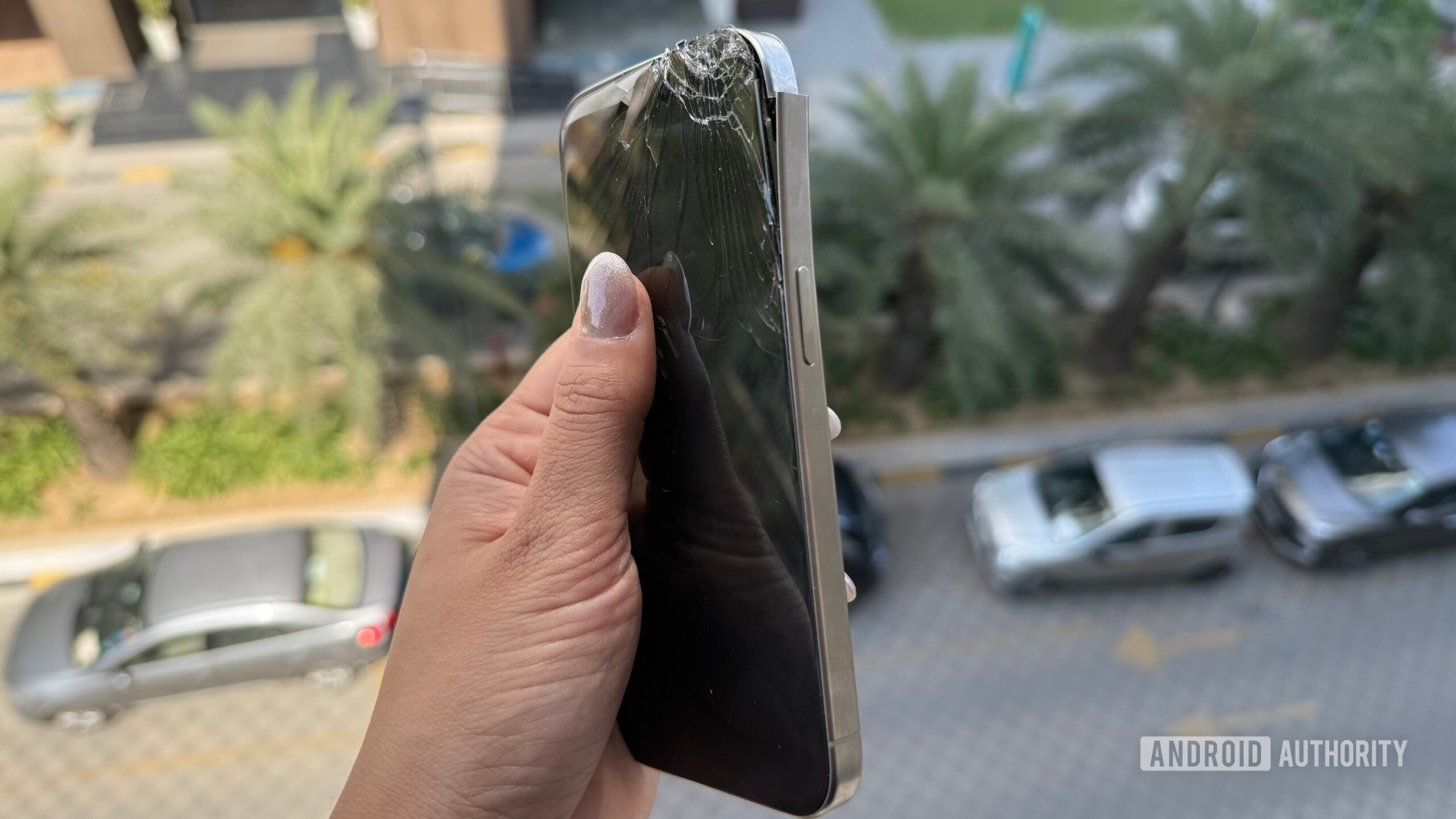Skin Tag Removal Treatment: Say Goodbye to Unwanted Skin Tags
Understanding Skin Tags.

Skin tags are common benign skin growths that often appear on areas of the body where friction occurs, such as the neck, underarms, and groin. While they are harmless, many individuals seek skin tag removal treatment for cosmetic reasons or because they become irritated. In this comprehensive guide, we will explore various skin tag removal treatments(علاج إزالة علامات الجلد) available, their effectiveness, and what to expect from each option.
Understanding Skin Tags
Skin tags, medically known as acrochordons, are small, soft, flesh-colored growths that typically hang off the skin by a thin stalk. They are made up of blood vessels and collagen fibers surrounded by skin. Skin tags are usually painless but can become irritated if they rub against clothing or jewelry. Although they can develop anywhere on the body, they are most commonly found in areas where the skin folds or creases. Skin tag removal treatment is often sought after for cosmetic reasons or if the skin tags cause discomfort.
Common Skin Tag Removal Methods
There are several skin tag removal treatment options available, ranging from home remedies to medical procedures. Here are some of the most common methods:
1. Over-the-Counter Solutions:
Many over-the-counter products are available for skin tag removal treatment, including creams, ointments, and patches. These products typically contain ingredients such as salicylic acid or tea tree oil, which work to dissolve the skin tag over time. While these treatments may be effective for smaller skin tags, they can take several weeks to produce results.
2. Cryotherapy:
Cryotherapy, also known as freezing, is a medical procedure that involves applying liquid nitrogen to the skin tag to freeze and destroy the tissue. This skin tag removal treatment is relatively quick and may cause some discomfort during the procedure. After cryotherapy, the skin tag will usually fall off within a week or two.
3. Surgical Removal:
For larger or stubborn skin tags, surgical removal may be necessary. This procedure, known as excision, involves numbing the area with a local anesthetic and cutting the skin tag off with a scalpel or scissors. While surgical removal is effective, it may leave a small scar.
4. Electrocautery:
Electrocautery is a procedure that uses a small electric current to burn off the skin tag. This skin tag removal treatment is quick and typically does not require any downtime. However, it may cause some discomfort during the procedure and can leave a small scar.
Choosing the Right Treatment Option
When considering skin tag removal treatment, it's essential to choose the option that best suits your needs and preferences. Factors to consider include the size and location of the skin tag, your tolerance for pain and downtime, and any potential side effects or risks associated with the treatment. Consulting with a dermatologist or healthcare provider can help you make an informed decision about the best skin tag removal treatment for you.
Home Remedies for Skin Tag Removal
In addition to medical treatments, there are several home remedies that may help remove skin tags naturally. While these remedies are not scientifically proven, some people find them to be effective. Here are a few home remedies to consider:
1. Apple Cider Vinegar:
Apple cider vinegar is a popular home remedy for skin tag removal. Applying it to the skin tag several times a day may help dry it out and cause it to fall off over time.
2. Tea Tree Oil:
Tea tree oil is known for its antiseptic and anti-inflammatory properties. Applying it to the skin tag daily may help shrink it and eventually cause it to fall off.
3. Garlic:
Garlic contains compounds that may help break down skin tags. Applying crushed garlic to the skin tag and covering it with a bandage overnight may help reduce its size and appearance.
Conclusion
Skin tags are common benign skin growths that can be removed for cosmetic reasons or if they become irritated. There are several skin tag removal treatment options available, ranging from over-the-counter solutions to medical procedures. When choosing a skin tag removal treatment, it's essential to consider factors such as the size and location of the skin tag, your tolerance for pain and downtime, and any potential side effects or risks associated with the treatment. Consulting with a dermatologist or healthcare provider can help you make an informed decision about the best skin tag removal treatment for you. With the right treatment, you can say goodbye to unwanted skin tags and enjoy smoother, clearer skin
What's Your Reaction?
 Like
0
Like
0
 Dislike
0
Dislike
0
 Love
0
Love
0
 Funny
0
Funny
0
 Angry
0
Angry
0
 Sad
0
Sad
0
 Wow
0
Wow
0





















































